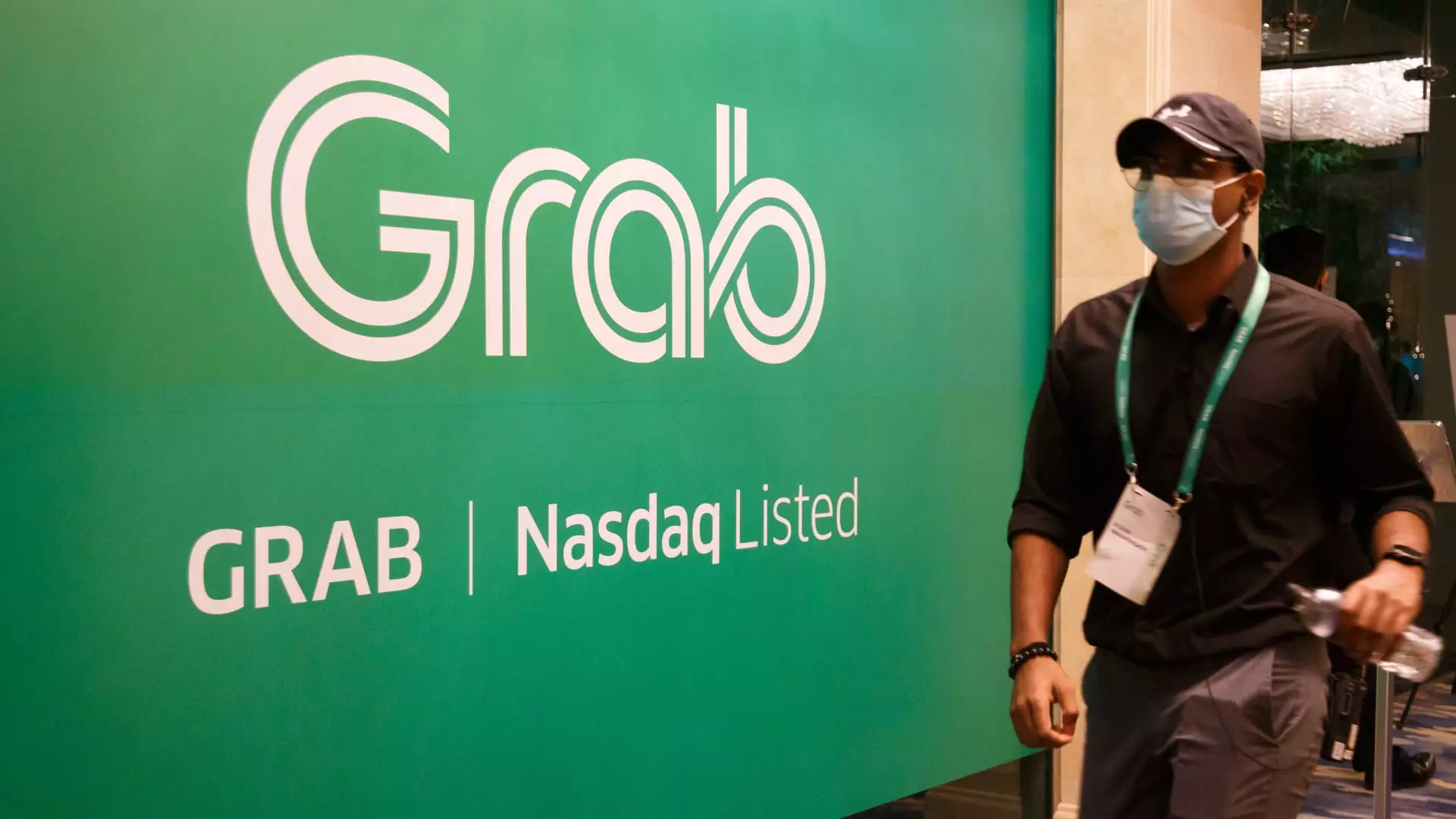Grab, the Southeast Asian ride-hailing giant, recently announced its first-ever profitable quarter, with a significant increase in profit compared to the same period a year ago. The company reported a profit of $11 million in the fourth quarter, a stark difference from the $391 million loss recorded previously. This positive result can be attributed to various factors, including improvements in group adjusted EBITDA, fair value changes in investments, and reduced share-based compensation expenses.
In addition to ride-hailing, Grab has expanded its services to include financial offerings such as payments and insurance, as well as deliveries for food, groceries, and packages. The company’s revenue for the quarter reached $653 million, surpassing analysts’ estimates. Grab’s CFO, Peter Oey, highlighted the strong momentum the company is experiencing in both the mobility and deliveries sectors, with a record 13% year-over-year growth in the latter. Despite challenges posed by the COVID-19 pandemic, Grab has managed to exceed pre-pandemic levels in its mobility business and is witnessing a surge in demand.
To further bolster its financial position, Grab announced its intention to repurchase up to $500 million worth of class A ordinary shares, marking a strategic move for the company. Historically, Grab has faced losses amounting to billions of dollars since its establishment in 2012, a common scenario for tech startups that prioritize growth over profitability in their initial years. However, with changing market dynamics and a need for sustained profitability, Grab has shifted its focus towards cost-effectiveness and prudent financial management.
In its fourth-quarter report, Grab highlighted a reduction in total incentives, which include partner and consumer rewards, to 7.3% of the total value of goods sold. This decrease from the previous year indicates the company’s commitment to enhancing the health of its marketplace and driving profitability. While incentives have played a crucial role in attracting drivers and passengers to the platform, Grab is now scaling back on these offerings to align with its profitability goals. Despite this shift, incentives will continue to be a lever for the business, ensuring an adequate supply of drivers and appealing to price-sensitive customers.
Looking ahead, Grab set revenue expectations for 2024 between $2.70 billion and $2.75 billion, slightly below analysts’ consensus. The company’s share price experienced a decline, closing 8.41% lower on the news of its profitable quarter. From its initial listing on the Nasdaq in December 2021, Grab’s shares have plummeted by 75.8%, reflecting broader market uncertainties and challenges in the tech industry. Despite these hurdles, Grab remains optimistic about its growth prospects and profitability goals, emphasizing the importance of sustainable financial practices in its future endeavors.
Grab’s recent profitable quarter marks a significant milestone for the company, showcasing its ability to adapt to changing market conditions and prioritize profitability. By expanding its services, reducing incentives, and focusing on cost-effectiveness, Grab is positioning itself for long-term success in the competitive Southeast Asian market. While challenges persist, Grab’s strategic initiatives and financial discipline bode well for its future growth and sustainability.


Leave a Reply